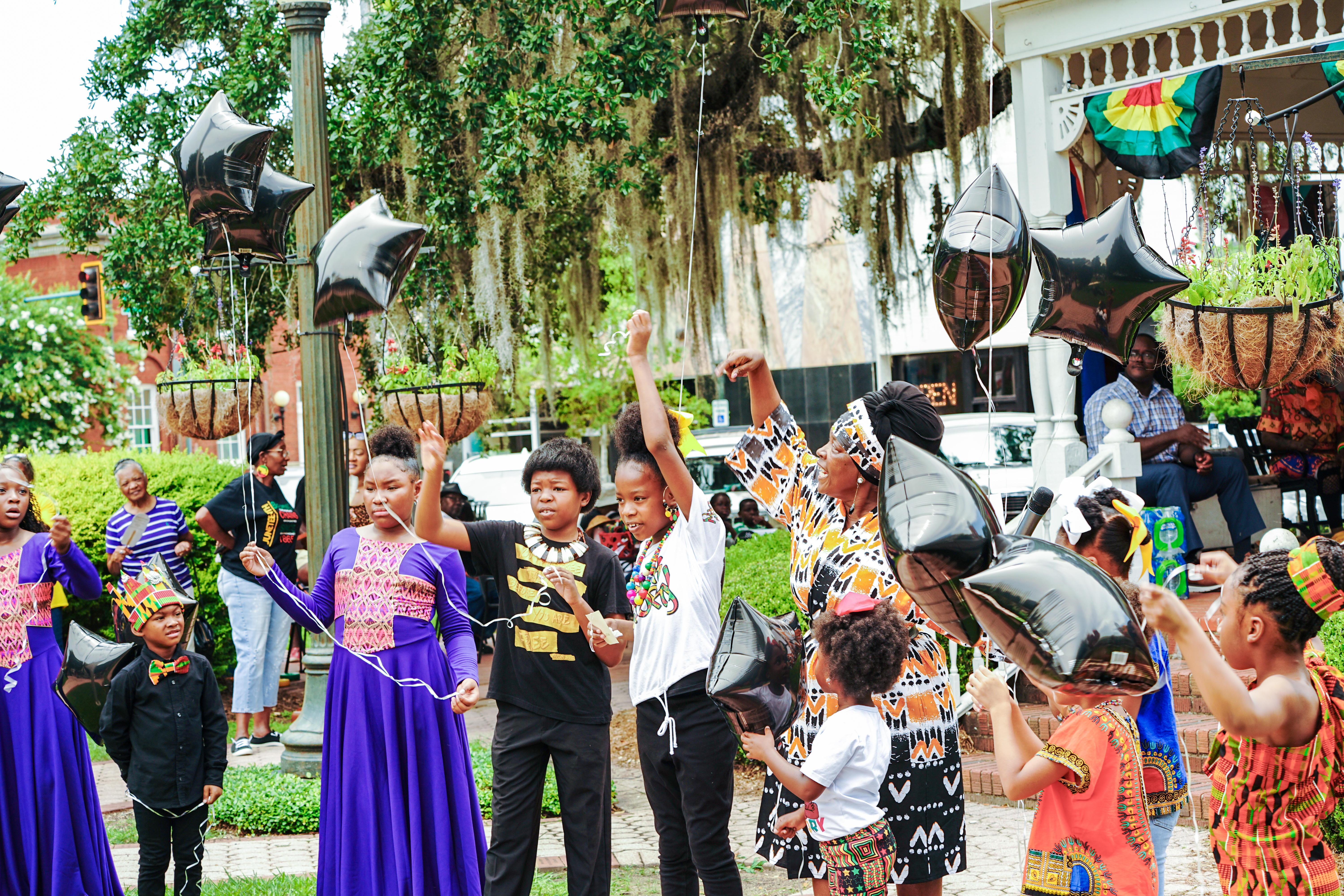Saving the Past for the Future – Part 3
Published 9:10 am Sunday, October 20, 2024

- Turtles come ashore to lay their eggs in the white sands of Jekyll Island.
As usual, time has taken away most of the traces of the early Jekyll Island inhabitants, as relentlessly as the waves that have washed away the early 19th-century footprints in the sand. Gone are the moccasin prints from the Indians. Gone are the footprints from the children that ran and played there and gone are the prints that were made by the millionaires’ shoes.
However, in their place, Jekyll Island has evolved into a wonderful state park. Plus, while creating this intriguing area, they have managed to keep that old Island charm along with the past history that has made it what it is today.
This all started when the Jekyll Island Club, the owners of the Island before the state, opened every year in early January and closed at the end of April. However, in 1942, that year was different because the Jekyll Island Club’s season ended a couple of weeks early, on April 5th. This is when the employees began their end-of-the-season duties, like covering furniture, shuttering windows and once again, preparing for the next season. However, America’s involvement in World War II was increasing and three days after the closing, a German submarine torpedoed two American tankers near Sea Island. Cases of chicken, quarters of beef, cans of paint and other debris from the torpedoed ships, washed ashore on the north end of Jekyll.
By late in April, 1942, soldiers from the 104th Infantry Division were guarding the coast of Georgia. With the arrival of the 725th MP Battalion that fall, the 104th switched to protecting the mainland, while the 725th guarded the islands and the Coast Guard patrolled the shoreline.
With The Club’s financial difficulties and the War, there were fewer workers on Jekyll Island in that off-season. Since The Club dues had not been collected, timber cutting on the Island helped bring in some income.
In 1946, the Revenue Commissioner for the state of Georgia was head of a committee that visited many of the Georgia islands in search of property to buy for a state park. Jekyll Island was selected as the best that they had seen. In an article in the “Brunswick News”, on September 26, 1946, it was written that: “The proximity of the Island to the mainland, facilities already installed there, which include: a golf course, swimming pool, many miles of roadways and a large club house, which could be converted into a hotel, as well as the natural beauty of the Island; were cited by the committee as reasons for the choice of Jekyll as the most suited on the coast for a state park.”
The committee promoted the purchase of Jekyll Island, but there were political fights to be won first. However, under the now Governor, Melvin Thompson, the state acquired the Island. The Georgia State Park Department took possession of Jekyll on October 7, 1947, and by early November, repairs were made to Island structures and roads.
The Jekyll Island Club formally dissolved in late January, 1948, and Jekyll Island State Park officially opened on March 5th of the same year. Although construction of a causeway to Jekyll was started in 1948, transportation to the Island was still mainly by boat, until 1954.
In 1949, Governor Tallmadge announced that Jekyll Island was bankrupting the State Park Department. In response, the legislature passed a resolution in February, 1949, appointing a committee to decide what should be done with Jekyll. The best proposal to save the Island came from hotel entrepreneur, Barney Whitaker.
Whitaker leased Jekyll Island, from May, 1949, to January, 1951. Although operating Jekyll became a financial burden, the Whitakers kept the Island accessible to the public. In February, 1950, the Jekyll Island State Park Authority okayed the development that was planned on the Island that would make it into a resort. Also in 1950, the Jekyll Island State Park Authority made plans, following Whitaker’s lease, to erect a drawbridge and to either fix or destroy many of the dilapidated structures. Those buildings that were erected in the late eighteenth and early nineteenth centuries by the Jekyll Island Club, were now mostly crumbling, tabby ruins.
In 1951, a convict camp was placed on the Island, under the direction of superintendent Hoke Smith. Prisoners dug drainage canals and fire breaks, built the perimeter road, cleared lots for houses and motels and operated a sawmill. Jekyll, with few exceptions, was closed to the public from September, 1951, to December 1954. Also, the Authority kept to the agreed development of a wildlife preserve that was to be in a main area on the Island in 1953.
Now, it had been quite a few years since members of the Jekyll Island Club had last visited the resort. The first vacationers to arrive found that some of the houses were just as their owners had left them. Dusty books and games still sat up on shelves and there were old photographs of small boys playing ball and huge lawn parties, with the ladies wearing those extra wide brimmed hats with veils, all seated under umbrellas.
The tropical vines, which had grown over many of the windows, gave an eerie, undersea color to the light that filtered through. These now empty houses, seemed to have a quiet air of waiting and listening and seemed so glad to have their doors open once again to visitors. In those early days, the park was accessible only by water and the visitors arrived from Brunswick on the old steamship, “Robert E. Lee”.
However, within the next few years, many improvements were made on the Island. A large part of the property was divided into building lots as well as new roads were made and were given names appropriate to the history of Jekyll Island.
Some of the turn of the century houses were leased to newcomers and the Rockefeller Cottage became the Jekyll Island Museum. Public bathhouses, picnic grounds and campgrounds were opened. A causeway and bridges connecting Jekyll Island State Park with the mainland were completed in 1954. On December 11th, , Jekyll Island officially reopened to the public.
During this time, Tally Fish began operating the Jekyll Island Museum, William McMath opened a building supply store and the Dykes, Oxford and Scarboro families leased the Club’s old cottages. In 1955, the Pure Oil Company constructed a service station and the Club House Hotel, as well as other structures, were sublet to Senator James Dykes, who eventually offered overnight accommodations at these facilities.
In 1957, the Georgia legislature restructured the Jekyll Island Park Authority. The new Authority took over the management of the Island and developed Jekyll into a first-class resort.
Despite all of the politics, which once again reared its ugly head, the 1960s saw a lot of additions. In the late 1950 and 1960s, there were motels, homes, a convention center and shopping centers constructed.
Also, in the 1960s, at the entrance to the causeway that was now known as Downing Musgrove Causeway, two towers, with restrooms and an information booth, were built at each end. Also, a service station was constructed on the causeway as well.
By 1966, the Club House Hotel was only sporadically used for overflow accommodations and in 1972, was no longer in operation. However, in the 1970s, Authority employees began to work on renovating the cottages in the Millionaire’s Village. In 1972, these were then listed in the National Register of Historic Places, and in 1978, were designated as National Historic Landmarks.
Next, the enormous Club House Hotel, built originally by the Jekyll Island Club in 1886, had been well taken care of and was now restored into what it looked like when it was built in the past. In 1978, The Club House Hotel joined the surrounding cottages and was also designated as a National Historic Landmark that year.
Next, in 1979, the Island area containing the Club House Hotel and the cottages, was designated a National Historic Landmark District by the Department of the Interior. This Historic District is a part of a 240-acre, parcel of land which includes the buildings from the late nineteenth and early twentieth centuries including the Club House Hotel and also the cottages.
However, the late 1970s, were financially challenging for Jekyll Island. Several motels declared bankruptcy and temporarily closing down. The restoration work in the Historic District was also delayed due to lack of funding.
Prosperity came back to America in the 1980s and 1990s. Now, in 1982, the numerous improvements planned on the Island were now being worked on. With funding from the Garden Club, the construction of a bike path began. The Club House Hotel was renovated by private investors and reopened in December, 1987.
To show support for the Historic District, the Friends of Historic Jekyll Island, Inc. then called the Jekyll Island Museum Associates, was organized in 1987. Today the Historic District is in the best condition it has been in since the 1930s.
The Jekyll Island State Park Authority was reorganized again in the 1980s. Residential dwellings became privately owned but the property they were constructed on was now leased by the Authority, until December 31, 2049.
In the following years, a number of private homes were built in the residential areas. Near the beach, motels and restaurants sprang up, a convention center, an Aquarama with an Olympic size pool and a shopping center were also added. A modern fishing pier had been built and also an amphitheater for summer plays.
Historical markers have been placed to identify points of special interest on different parts of the Island. The nineteenth century graveyard, where the family members of the du Bignon’s rest, is a lasting reminder of the plantation days.
Another landmark from colonial times is the site of Georgia’s first brewery. The large pieces of that old tabby building can be seen on the banks of du Bignon Creek. Also, the remains of Major William Horton’s house stands northeast of the brewery. The Horton House is marked by a bronze plaque, erected by the descendants of William Horton. There is also Horton Road that goes from his house to the one on the beach.
Currently, the Island is maintained by the Jekyll Island Authority which also maintains the museum, and also is preserving the Historic District for present and future generations.
A natural area that is being preserved is Driftwood Beach. Here there are ancient, large live oaks that are weathered and polished by the wind, sea, and rain. Everywhere you look you will see a unique sculpted tree that has been perfected by Mother Nature.
If you love sea turtles, the Turtle Center is a remarkable place where you can witness live surgeries. Then, you can follow up on a turtle recovering in the rehab pools and watch as marine specialists feed these huge reptiles who actually love to have their shells rubbed. In the education room you will learn some interesting facts about these ancient but endangered reptiles.
When an area is old and there has been so much history taking place within its walls, there are bound to be ghosts. The Jekyll Island Club Hotel, like most old places, occasionally has a visitor from the past. The legend goes that the clubs first guest was not even alive at the time he visited. This was the clubs first president, General Llyod Aspinwall. He died on September 4, 1886, more than a year before the club officially opened. The very day after Aspinwall’s death, a few guests swore that they saw him walking along the riverfront veranda, with his hands clasped behind his back. In 1983, the veranda was glassed in and renamed the Aspinwall Room.
Another ghost at the hotel is Samuel Spencer. Spencer, a railroad tycoon with the Southern Railroad Company, was a frequent guest at the hotel in the early 1900s. He had a favorite room and always stayed in that second-floor apartment.
There are two versions of how he was killed, but all agree that it was in 1906. One is that he was accidently struck and killed by one of his own trains. Another version is that he was killed in a collision between two of his trains. Whichever way he met his end, from time to time, Spencer visits Apartment 8, to sip a cup of coffee and catch up on the news in the Wall Street Journal.
Guests have said that they pour themselves a cup of coffee and while they are in another room, someone drinks it. Others have said that when they read the Wall Street Journal and leave it open, when they come back, someone has refolded it in a very unusual way.
A bellhop from the 1920s keeps returning. Employees claim there have been times when they returned dry cleaning to a guest and have knocked on the door but no body answered. They leave the clothes on the outside and go down the hall. When they return to the room a short time later, the clothes are missing. When talking to that guest, they are told that a bellhop, in an old-fashioned uniform, knocked on the door and when they answered it, the bellhop handed them the clothes, then vanished. Other guests say that they have seen him, walking the halls with his pillbox hat and stripe trousers.





